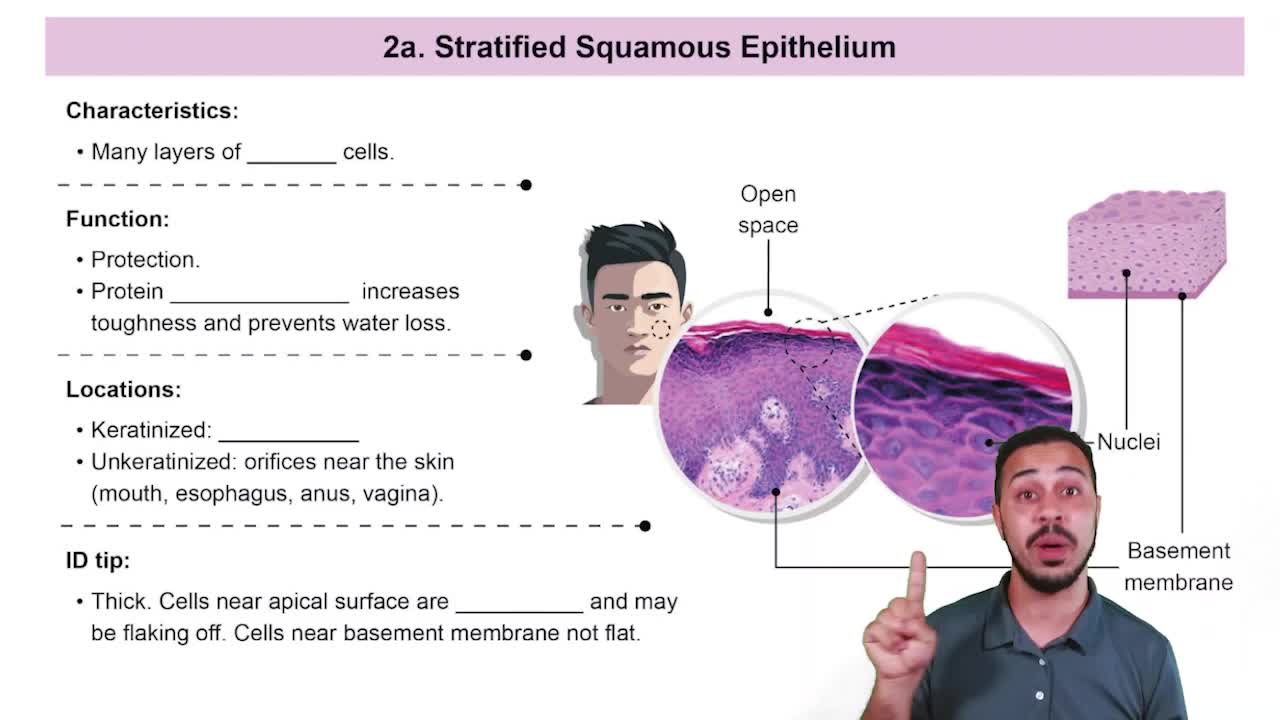Which of the following are true for digestion:
I. Chemical digestion begins in the stomach.
II. Digestion involves breaking down food both physically and chemically.
III. Mechanical digestion increases the surface area of ingested food.
 Verified step by step guidance
Verified step by step guidance Verified video answer for a similar problem:
Verified video answer for a similar problem:



 6:28m
6:28mMaster Organs of the Digestive System with a bite sized video explanation from Bruce Bryan
Start learning